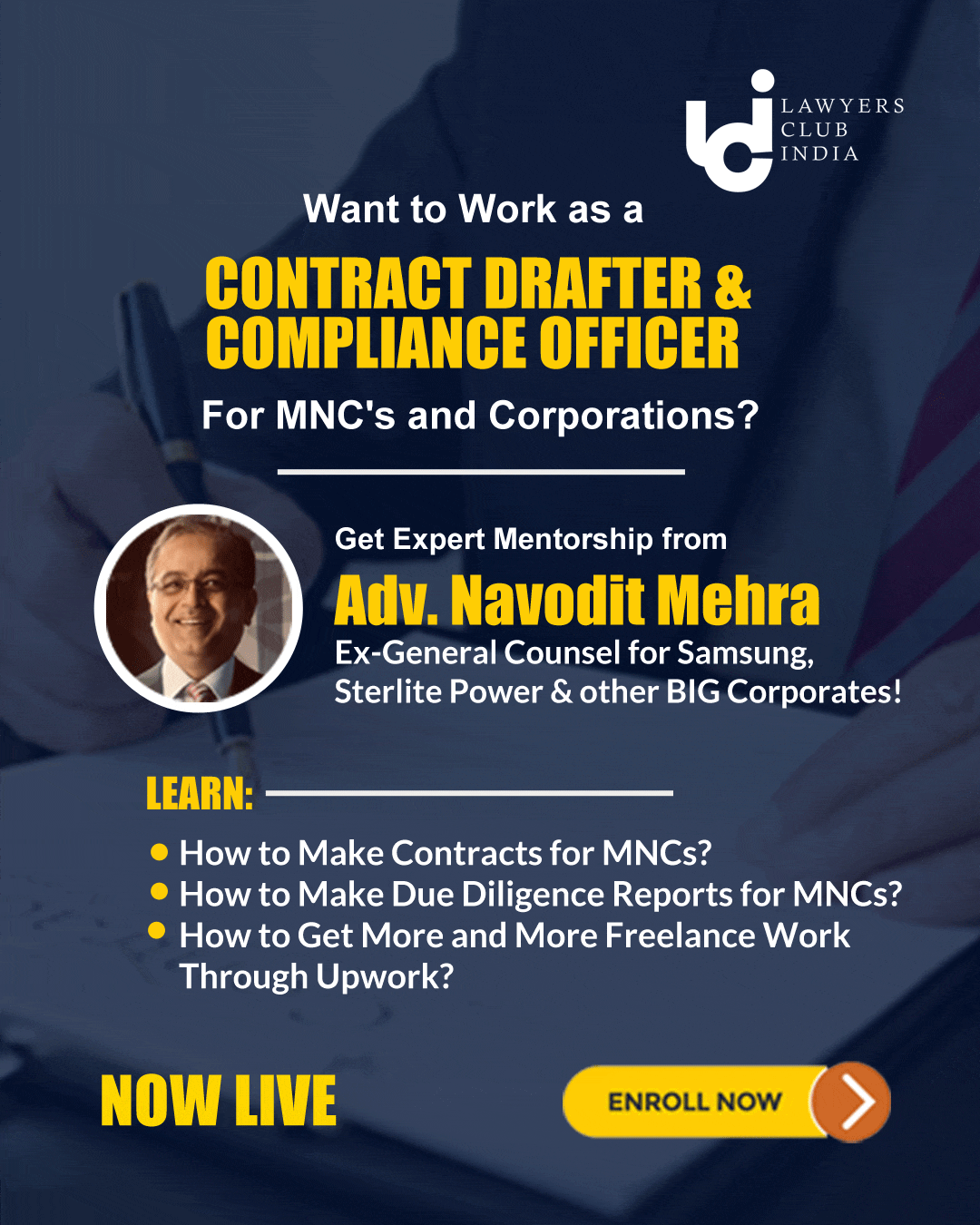In this year’s CLAT (Common Law Admission Test), you won’t be asked questions from static general knowledge (GK) such as when the Commonwealth Games (CWG) were held. You are most likely to be quizzed on something more specific - like Shera, the mascot of 19th CWG held in Delhi in October 2010.
Try to gather as much information as you can about important global and national events from May 2010 to May 2011. This has been notified in the information brochure of CLAT 2011. Also, read up background related to the most critical issues of our times.
Says an expert, “Even though questions would relate to events and happenings that occurred in 2010-11, you must be aware of the background. To understand the latest developments in India-Pak relations, it’s essential to have background information on the subject,” says Alok Ranjan Jha, who runs Ambition Law Institute, and coaches students for the law entrance exams.
General knowledge
To prepare for GK, make sure you read newspapers regularly. “Though most of the relevant information is available in a yearbook, reading the newspaper helps you develop your personality,” he adds.
Some students followed a slightly different path. “I was not very regular when it came to reading newspapers. It’s inconvenient to scout for ‘useable’ information whereas all relevant information can be found in a yearbook,” says Avlokita Rajni, rank 113, CLAT 2010.
Apart from GK, which carries the maximum weightage of 50 marks, you must prepare for the other sections in order of their weightage. Logical reasoning and legal aptitude are of 45 marks each, English is of 40 marks and mathematics 20 marks.
For questions related to legal aptitude, you don’t need to understand legal terms like last year but you must have the requisite knowledge to understand what’s being asked. “In case they quiz you on patent law, they will explain what patenting means and you will have to make use of the given facts for the answer,” says Jha.
To ace the sections like logical reasoning and legal aptitude, you must practise a lot .
You must manage your time well to be able to solve 200 questions in two hours’ time. “One must start answering the paper from the general knowledge section followed by English. After this, one can attempt either legal aptitude or logical reasoning. Mathematics must be attempted towards the end because it carries just 10% of the total weightage of 200 marks,” he says.
It’s better to not concentrate too much on CLAT in February and March because Board exams are just round the corner. But right after the final exams are over, try and make the best use of the 45 days in hand.
How to apply
The brochure along with the OMR application form is sold for R150 at different post offices throughout India and at the 11 national law universities. Request for the application form along with the brochure can also be made by sending a demand draft/bankers cheque/ pay order of R200 in favour of WBNUJS-CLAT A/C payable at Kolkata to Convenor, Common Law Admission Test, CLAT-2011, The West Bengal National University of Juridical Sciences. Dr Ambedkar Bhawan, 12, LB Block, Sector - III, Salt Lake City, Kolkata 700 098. Call (033) 2335-0534/2335-7379/2335-0765 or visit www.clat.ac.in for details. Once you receive the form, send the duly filled OMR application form along with a demand draft/ bankers cheque/ pay order of R2500 in favour of WBNUJS-CLAT A/C payable at Kolkata and necessary documents as mentioned in the OMR application form and on CLAT website (www.clat.ac.in) can be submitted on all working days from 10 am to 4 pm and upto 5 pm on April 2, 2011 to the convenor, CLAT-2011.
Join LAWyersClubIndia's network for daily News Updates, Judgment Summaries, Articles, Forum Threads, Online Law Courses, and MUCH MORE!!"
Tags :Students













